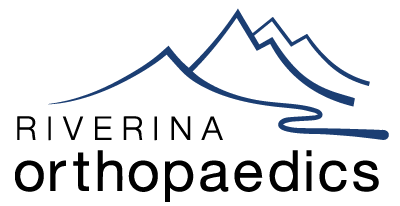What is Elbow Epicondylitis?
Elbow epicondylitis, commonly known as tennis elbow or golfer’s elbow, is a painful condition caused by inflammation or damage to the tendons in the elbow. This condition typically develops from overuse or repetitive motion, causing pain and discomfort in the outer or inner part of the elbow. Elbow epicondylitis can make everyday activities such as gripping objects or lifting weights challenging and can significantly impact a person’s quality of life.
Types of Elbow Epicondylitis
Lateral epicondylitis, or tennis elbow, is a condition that causes pain on the outer part of the elbow. It is commonly caused by repetitive use of the forearm and wrist, leading to overuse and strain on the tendons. Symptoms include pain and tenderness on the outside of the elbow, weak grip strength, and difficulty performing everyday tasks.
On the other hand, medial epicondylitis, or golfer’s elbow, causes pain on the inner part of the elbow. It is often caused by repetitive stress and strain on the tendons, typically from activities that involve repeated wrist flexion and forearm rotation. Symptoms of medial epicondylitis include pain and tenderness on the inside of the elbow, weakness in the wrist and hand, and difficulty gripping objects.
Treatment for both types of epicondylitis typically involves rest, ice, physical therapy, and anti-inflammatory medication. In some cases, steroid injections or surgery may be necessary for severe and persistent cases of epicondylitis. It is essential to seek medical advice for proper diagnosis and treatment of elbow epicondylitis.
Repetitive Movements of the Arm and Forearm
Repetitive movements of the arm and forearm can lead to various overuse injuries, resulting in elbow pain. Activities such as racquet sports, weightlifting, and swimming, as well as common work tasks, are common culprits for these types of injuries.
Diagnosis of Elbow Epicondylitis
Diagnosis of elbow epicondylitis involves a thorough medical history and physical examination, as well as imaging studies like X-rays or MRI to rule out other possible causes of pain and to assess the extent of the damage to the tendons. A proper diagnosis is crucial for developing an effective treatment plan to manage the symptoms and prevent further injury.
Treatment for Elbow Epicondylitis
Treatment for elbow epicondylitis focuses on relieving pain, reducing inflammation, and promoting healing. This can include a combination of rest, ice, physical therapy, and nonsteroidal anti-inflammatory drugs (NSAIDs) to help manage symptoms. In more severe cases, corticosteroid injections or even surgery may be necessary to provide relief. It’s important for patients to work closely with their healthcare providers to develop a personalized treatment plan that addresses their specific needs and goals for recovery. With proper treatment and rehabilitation, individuals with elbow epicondylitis can typically expect to return to their normal activities with reduced pain and improved function.
Research studies have shown mixed results regarding the effectiveness of these treatments. Some studies have found that corticosteroid injections provide short-term pain relief, but may not offer long-term improvement in function. Physical therapy has shown to be effective in reducing pain and improving function in some studies. Eccentric exercises have also been found to be beneficial in reducing pain and improving grip strength. The effectiveness of glyceryl trinitrate and NSAIDs in managing lateral epicondylitis symptoms also varies across different studies. Overall, a combination of these non-surgical treatments may be the most effective approach in managing lateral epicondylitis.
Surgical Treatments
Surgical treatments for epicondylitis are typically considered when conservative treatments have failed to provide relief. The procedure involves making an incision over the affected tendon and removing the damaged tissue. The surgeon may also perform a repair or release of the tendon if necessary. Open surgery allows for direct visualization and manipulation of the


